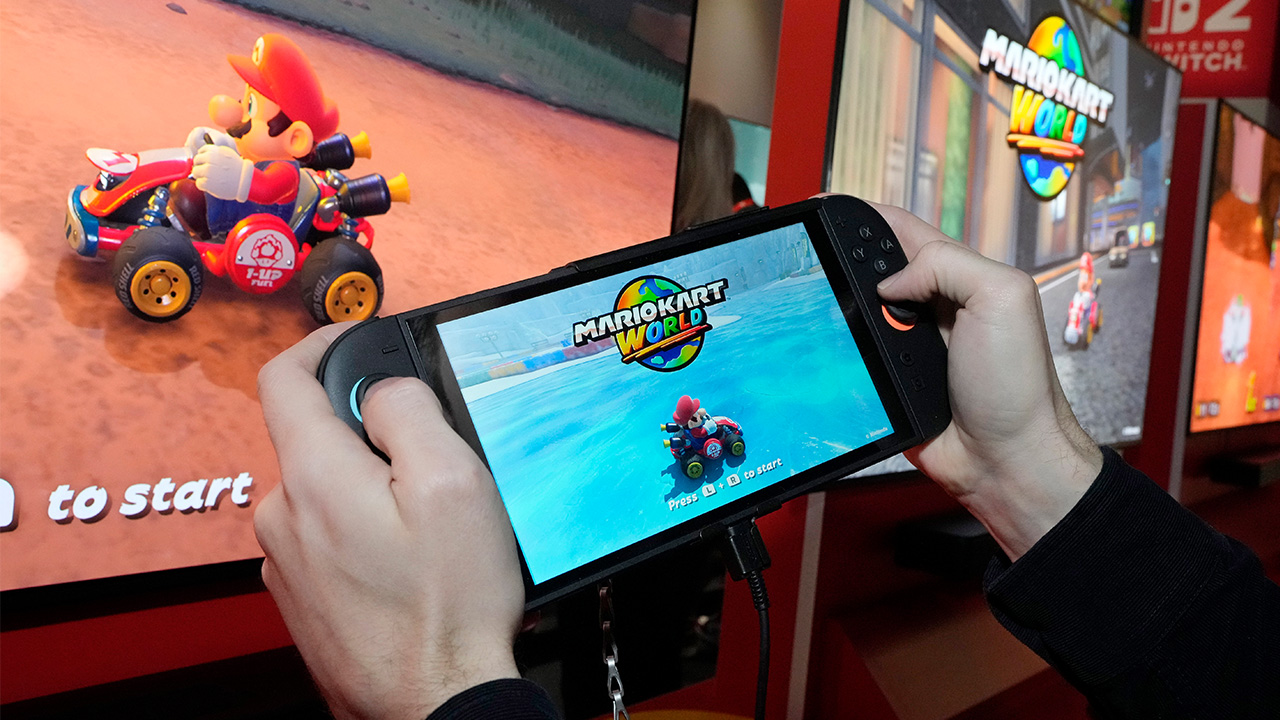Coronavirus Illinois: IL reports 1,187 COVID-19 cases, Gov. Pritzker updates Restore Illinois plan health regions
CHICAGO (WLS) -- Governor JB Pritzker updated the Restore Illinois health regions Wednesday as the state reported 1,187 new coronavirus cases Wednesday with eight additional deaths.
Illinois has now reported a total of 156,693 cases and 7,256 deaths.
The state has performed a total of 38,161 tests in the last 24 hours, with a rolling seven-day positivity rate of 3.1 percent.
While Illinois' test positivity rate is one of the lowest in the country, Governor JB Pritzker and Illinois Department of Public Health Director Dr. Ngozi Ezike sounded notes of caution at a Wednesday press conference about normal life returning any time soon.
The governor said in recent weeks there have been consistent outbreaks in every region of the state, fueled by a rise in cases among adults in their 20s. To quash them, the state has created more health regions that can act independently.
More data about the pandemic has allowed them to redraw the state into 11 emergency medical services regions, making Chicago and suburban Cook County into separate entities, along with smaller and more specific boundaries for collar counties, all to better district resources if things get worse.
"The epidemiologists and professionals at IDPH have determined that we need to take action in a region if we see a sustained rise in the positivity rate, along with either a sustained increase in COVID-19 hospital admissions or a reduction in hospital surge capacities," Pritzker said.

A sustained rise in the positivity rate is an increase in the seven-day rolling average for seven days out of a 10 day average. If a region sees three straight days of an 8 percent positivity rate, action will be taken, Pritzker said.
"Staying under these metrics will allow us to continue in Phase 4 without having to take significant mitigation steps," Pritzker said.

Coronavirus testing: Where to get tested for COVID-19 in Illinois, Chicago area
The regions are:
1. North: Boone, Carroll, DeKalb, Jo Daviess, Lee, Ogle, Stephenson, Whiteside, Winnebago
2. North Central: Bureau, Fulton, Grundy, Henderson, Henry, Kendall, Knox, La Salle, Livingston, Marshall, McDonough, McLean, Mercer, Peoria, Putnam, Rock Island, Stark, Tazewell, Warren, Woodford
3. West Central: Adams, Brown, Calhoun, Cass, Christian, Greene, Hancock, Jersey, Logan, Macoupin, Mason, Menard, Montgomery, Morgan, Pike, Sangamon, Schuyler, Scott
4. Metro East: Bond, Clinton, Madison, Monroe, Randolph, St. Clair, Washington
5. Southern: Alexander, Edwards, Franklin, Gallatin, Hamilton, Hardin, Jackson, Jefferson, Johnson, Marion, Massac, Perry, Pope, Pulaski, Saline, Union, Wabash, Wayne, White, Williamson
6. East Central: Champaign, Clark, Clay, Coles, Crawford, Cumberland, De Witt, Douglas, Edgar, Effingham, Fayette, Ford, Iroquois, Jasper, Lawrence, Macon, Moultrie, Piatt, Richland, Shelby, Vermillion
7. South Suburban: Kankakee, Will
8. West Suburban: DuPage, Kane
9. North Suburban: Lake, McHenry
10. Suburban Cook: Suburban Cook
11. Chicago: City of Chicago
Officials said it is crucial everyone continues to wear masks, social distance and wash hands.
"Remember, the degree to which communities can mitigate risk and restore more normalcy to daily life in the months ahead is, to a large extent, in the hands of the people of our state," Pritzker said.
Dr. Ezike echoed that sentiment, especially as the parent of teenagers. She said the state won't hesitate to bring back more restrictions to daily life in the face of worsening conditions.
"Young people, and parents of young people, please be aware: this virus is now being spread by youth to younger people," she said. "The three W's will lower the spread of the virus that's incontrovertible. The important actions and sacrifices day to day will directly affect what school looks like in the fall. So we all have a hand to play in what our future looks like.
Officials advise anyone who has come into contact with a confirmed case to self-isolate for 14 days, even if they test negative. Dr. Ezike also warned that you should wait for six to seven days into that self-isolation period to get tested to get the most accurate results.
The 14-day self-quarantine is mandatory even if your initial COVID test comes back negative.
"A negative test does not buy you out of the 14-day time out," Ezike said. "Up to 30 percent of people might still test positive or develop symptoms on day eight, nine, 10, up to day 14."
Gov. Pritzker said the revised plan has three tiers of mitigation strategies that can be applied if a region sees a spike in cases. The categories for the mitigation strategies include closing or scaling back bars and restaurants, meets, religious services and more.
"Opening up our economy does not have to come with a spike in cases. Other countries have done it successfully while reducing cases and infection rates," he said. "But that requires vigilance on the part of all of us. It's imperative that individuals, families workers and businesses follow the recommendations of doctors and epidemiologists that we act quickly if we see any outbreaks and upticks."
RELATED: 2 states added to Chicago travel quarantine order
"This plan ensures we are looking at all available data to make timely decisions to protect the health of our communities," said Ezike. "By assessing key metrics that indicate both the disease burden and the capacity of each COVID-19 region to respond, we can then take targeted actions within specific regions to help mitigate the spread of this deadly disease while keeping as much of our state open as possible."
Illinois has 1,450 contact tracers and 26 local health departments will be getting $127 million in funding from the state for contact tracing.











